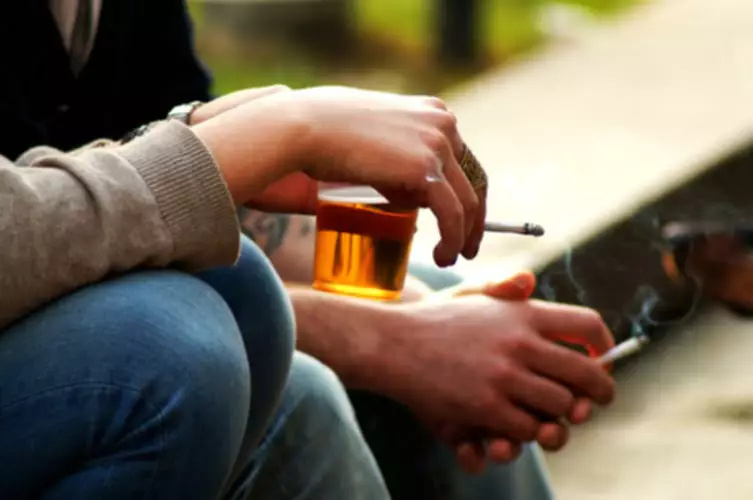
It is a misconception that when an addicted person or alcoholic stops using and enters sobriety, they will be completely restored from old patterns of harmful behavior. When an individual enters treatment for a drug or alcohol addiction, the immediate goal is to stop drinking or using drugs. But to do so, individuals must fix and change old habits and relationships. While detoxing from alcohol is part of the process, addressing the issues that led to addiction requires much deeper work.
Early Intervention and Comprehensive Rehabilitation

Entering a substance abuse heroin addiction treatment program for an alcohol use disorder (aka alcoholism) is a significant step in the right direction. Admitting that a person’s alcohol abuse has become an alcohol dependency can be difficult and complicated. The Recovery Village Cherry Hill at Cooper offers comprehensive addiction treatment for drug and alcohol addictions and co-occurring mental health conditions. Since dry drunk syndrome isn’t an officially diagnosable condition, there’s no one answer as to how long it lasts. For some people, dry drunk syndrome lasts until they get formal treatment for their addiction.

What to Do About Untreated Alcoholism
“Dry drunk” means someone who hasn’t let go of all the dysfunctional behavior related to substance abuse, even after becoming sober. Such individuals are often intensely isolated and feel disconnected from those around them. When a person experiences dry drunk behavior patterns, the way to get back on track is to do what is supposed to be done. Only by asking for help and sticking close to others in recovery can a former addict get fully back on the road to recovery.

When Does Alcohol PAWS Peak?
Less than 4 percent of people with AUD were prescribed a medication approved by the U.S. According to the 2019 NSDUH, about 7.3 percent of adults ages 18 and older who had AUD in the past year received any treatment in the past year. This includes about 6.9 percent of males and 7.9 percent of females with past-year AUD in this age group. Dry drunks symptoms often include feeling intensely isolated and disconnected from those around them. John C. Umhau, MD, MPH, CPE is board-certified in addiction medicine and preventative medicine. For over 20 years Dr. Umhau was a senior clinical investigator at the National Institute on Alcohol Abuse and Alcoholism of the National Institutes of Health (NIH).
- This defeatist pattern of thinking is a clear characteristic of dry drunk syndrome, and it is a pattern that can benefit from both individual and group therapy.
- Many addictions stem from a void in an individual’s life and their need for a coping mechanism.
- A complete substance abuse treatment program can help teach those skills.
- Learning the symptoms of the dry drunk syndrome and a few strategies to cope better can help you or someone you love to move past this stumbling block toward lasting recovery.
The dry alcoholic syndrome can be avoided by treating the dry drunk syndrome core issues of alcoholism. Be aware of and on the lookout for the symptoms that indicate slipping back into old ways of thinking. If one hasn’t undergone behavioral therapy or counseling that targets people who abused alcohol, it is advised to enroll in such a program. Learning not to react impulsively to negative thoughts and feelings is an integral lesson of behavioral therapy. During these sessions, people in recovery are taught how to tide over negative thoughts and feelings that daily living stresses almost inevitably bring on. If they cannot cope with negativity healthily, they feel compelled to reach out for a drink.